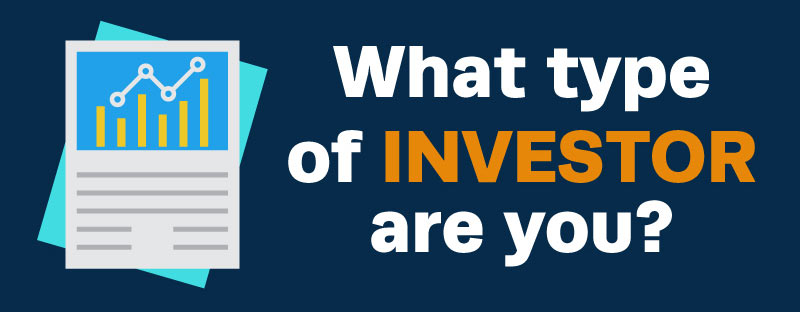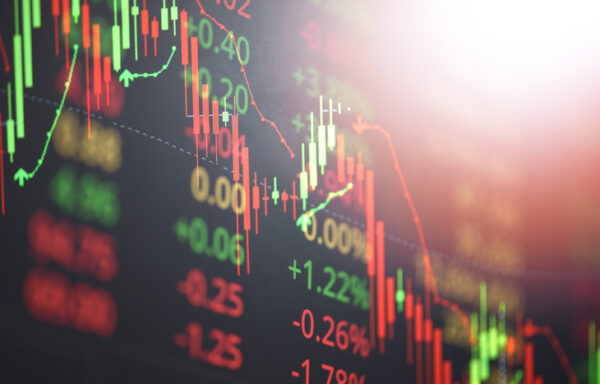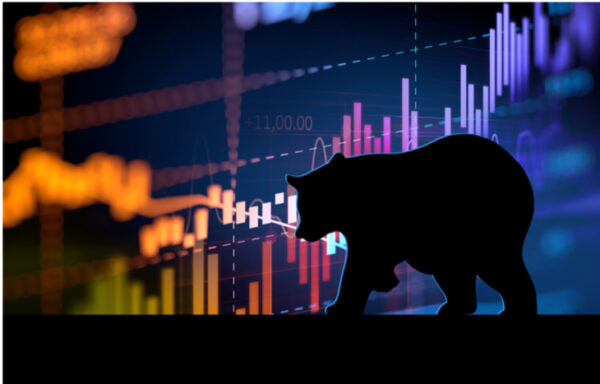The Most Dangerous Era in History
We live in a digital world.
We’re always connected to the internet. And each day, another aspect of our lives moves to the “cloud.”
Over the next few years, 50 billion devices will be connected to the internet.
And that opens the doors for one of my favorite sectors: cybersecurity.
Last week, former Secretary of Homeland Security Tom Ridge said cyberattacks are now more damaging than physical attacks.
It’s a bold statement. But it’s true. As our lives move online, we become more vulnerable.
Case in point, the cyberattack trend is on the rise.
A data breach is an attack in which sensitive data is viewed, stolen or used without permission. In 2015, there were 781 breaches. There have been 6. At this rate, we’ll beat last year by a couple hundred breaches.
Just last week, Yahoo revealed the largest breach in history.
If you haven’t heard, here’s the deal…
Since the end of 2014, 500 million Yahoo user accounts were hacked by a “state-sponsored actor.” That’s code for Russian or Chinese hackers.
It dwarfed any other hack in history…
- The LinkedIn breach affected 165 million accounts.
- The Target payment-reader hack in December 2013 compromised 110 million records.
- The Home Depot breach in September 2014 involved a mere 56 million accounts.
- More than 360 million accounts were hacked in an attack on Myspace revealed earlier this year.
And as the number of data attacks increases, so do the costs of recovering from them.
In 2015, the average cost was $3.8 million, according to IBM. In 2016, the average cost of a breach is $4 million.
These costs cover incident forensics, communications, legal expenses and regulatory mandates.
On average, a breach costs a company $223 per account hacked.
A megabreach like Yahoo’s costs much more.
And it’s no wonder…
It takes an average of 271 days to identify and contain a breach. And that’s because 70% of executives don’t have a response plan.
For companies that do have a plan in place, it takes 183 days.
That’s still more than six months.
That’s why one of my favorite sectors for investors this year is cybersecurity. While the PureFunds ISE Cybersecurity ETF (NYSE: HACK) is up only 6%, other cyber companies have performed much better.
Even old-school companies like Symantec (Nasdaq: SYMC) have jumped 18.7% this year.
Cloud-based companies like Gigamon (NYSE: GIMO), Fortinet (Nasdaq: FTNT) and Qualys (Nasdaq: QLYS) have done well for VIPER Alert subscribers this year. Gigamon is up 121%; Fortinet is up 49%; and Qualys is up 46%.
So, if you’re not paying attention to the cybersecurity sector, you’re making a mistake.
[adzerk-get-ad zone="245143" size="4"]About Matthew Carr
Matthew Carr is the Chief Trends Strategist of The Oxford Club. He is the Editor of Strategic Trends Investor, The VIPER Alert, Dynamic Fortunes, Trailblazer Pro and Profit Trends. His unique take on investing – which involves using a strategic system that chooses companies based on pre-momentum, high growth and discounted prices – has led to countless outsized gains.
Matthew cut his teeth in the industry as a writer for the energy trade publications Natural Gas Week, Gas Market Reconnaissance and Oil Daily. He also dug into exports and international trade finance for Business Credit magazine.
With two decades of financial experience under his belt, Matthew’s expertise ranges from classic industries such as retail and oil and gas to cutting-edge markets like 5G, emerging tech, cybersecurity and cannabis. If it’s moving the markets, you can bet Matthew is there.








